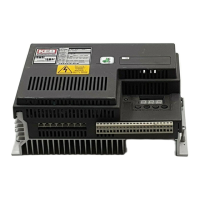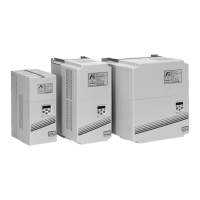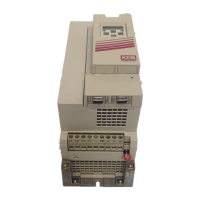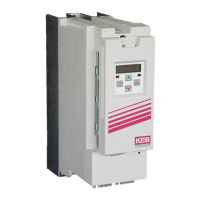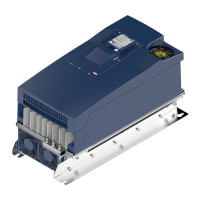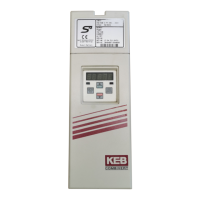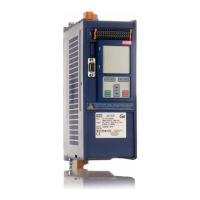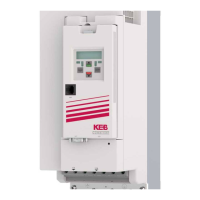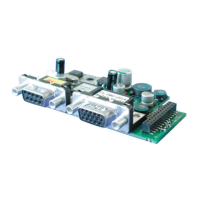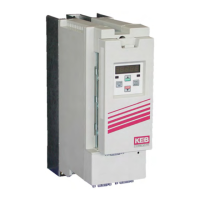71
Initial Start Up
Veri cation of the encoder position following the P Lrn procedure.
Friction and the inertial load of the cab and counter weights can lead to a
small error in the actual position value. The following procedure will verify
whether the position is correct or not.
1) Set 0.LF.36 = to two times LF.17.
2) Pick two oors in the middle of the shaft which are far enough apart such
that the car reaches contract speed.
3) Run the car between these oors and monitor LF.94 (peak phase current).
Note the peak value for both the up and down run. The stored maximum
value is cleared by pressing the down arrow. Make several runs to
establish the average value in each direction.
4) Add 2000 to the value in LF.77 and run the car again between the same
two oors. If the current value goes down then go to step 5. If the current
value goes up go to step 6.
5) Add 2000 more to the value in LF.77 and run the car again. If the peak
current in LF.94 goes down further, add 2000 more and try again. Keep
doing this until the motor current begins to rise again. The value with
the lowest current is the best value. Jump to step 7.
6) If the current went up initially, then lower LF.77 by 2000 and run the car
again. If the peak current in LF.94 goes down further, subtract 2000
more and try again. Keep doing this until the motor current begins to rise
again. The value with the lowest current is the best value.
7) Return the value of LF.77 to the value which gave the lowest current.
Make note of this value in the job information for future reference.
5.11.4 Absolute Encoder
Position Veri cation
4) For high speed runs under load, it may be necessary to raise 0.LF.36 to
a higher value. This value should not be set to a value higher than the
motor manufacturer’s peak torque value, usually 2.0 to 2.4 times the
motor’s rated torque.

